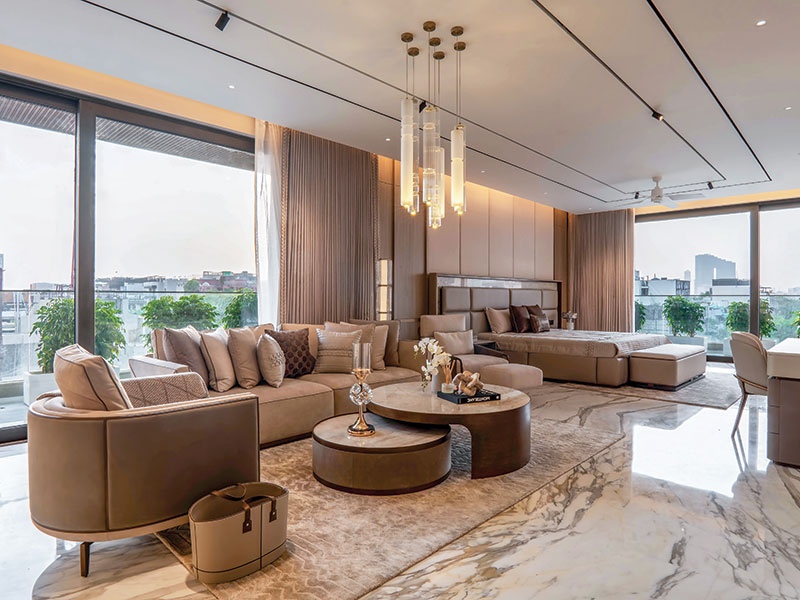Nakul Mathur, MD, Avanta India
With companies planning a comeback to the physical workplace, offices are fast adapting to the new normal. High-density offices are a thing of the past, and the new format is being designed to cater to the changing preferences for a more open environment. As the office space industry is looking at a robust revival, the following trends are likely to become more and more visible.
Interior designers and architects will play an increasingly important role in office design, layout and space optimisation
Nakul Mathur
Hybrid work schedule
Several companies across the globe had asked their work force to work from home, but now, as per a survey by Prudential, 68 percent of workers prefer a hybrid workplace model where there exists a flexibility to work outside the office occasionally. From the cost-saving perspective, both organisations and employees save a great deal of expenses from the hybrid model, which is likely to become a trend.
Co-working spaces to flourish
The co-working office space is set to witness a 20-30 percent hike in seat absorption. The robust IT sector of India will be at the forefront of this rising demand. As the cost of operating is lower in India compared to other markets, the demand will see a strong revival in 2022. Moreover, the demand for flexible spaces has been at an all-time high, especially from start-ups, as they are moving cautiously and want to save cost in the backdrop of a year of poor business. In addition to this, established corporates are expanding to Tier II and III cities, which will raise demand for flexible office spaces.
Tech-enabled environs
The World Economic Forum (WEF) believes that office spaces will become highly tech-enabled. Artificial Intelligence assisted job roles and office environment will become a common sight. The usage of sensor-based dispensers, adaptive technologies and robotics will be preferred in the minimal touch inspired new normal. AI in offices will primarily be used for repetitive tasks while allowing humans to focus on creativity, imagination, and business strategies. Technology will help the office occupiers and operators in saving significant costs.
Retrofitting and repurposing
Large corporates and start-ups are focussing on repurposing and redesigning their offices. The judicious use of available spaces and their retrofitting will be a trend as will the use of existing spaces, to maximise value. The role of interior designers and architects will play a major role in office design, layout and space optimisation. Moreover, uncertainties regarding emerging variants of the coronavirus is making companies cautious about investing in new office spaces.
Sustainable spaces
Offices will have a lot of open spaces to encourage social distancing and a healthy work environment. Use of sustainable materials such as bamboo, installation of indoor plants, ample ventilation and air conditioning will be ensured at all costs. The use of tech-enabled and minimal touch equipment will be in demand. These ultra-hygienic offices will be equipped with world-class sanitisation mechanisms and technology.
Focus on mental wellbeing
In the gradual opening of offices, corporates are ensuring that workers are mentally fit and sound. This is leading to the provision of recreational facilities, gym, play areas and food joints within the office premises. Moreover, offices are being redesigned to make workers feel at ease.
















